Vintage Tribal Kilim Runner 2' 11" x 10' (35" x 120")
The designs feature a rich array of symbols representing tribal culture and Anatolian motifs, often in the form of medallions, diamonds, and other geometric shapes.
The designs feature a rich array of symbols representing tribal culture and Anatolian motifs, often in the form of medallions, diamonds, and other geometric shapes. These kilim runners are ideal for hallways and narrow spaces, offering a touch of ethnic charm and artisanal quality to any interior.
Herki kilims not only serve as functional floor coverings but also as artistic expressions of tribal identity, making each rug a unique cultural artifact.
Design Elements
- Pattern: The kilim features a series of geometric motifs, including diamonds, squares, and triangles, which create a rhythmic and balanced layout.
- Texture: The flatweave construction of kilim rugs showcases a smooth texture, providing a tactile quality that complements its visual appeal.
- Symmetry: The repetitive nature of the motifs fosters a sense of harmony and order, making it visually engaging from every angle.
- Border: A simple border surrounds the central design, framing the vibrant patterns and enhancing the overall composition.
Colors
- Warm Tones: Dominated by reds, oranges, and earthy browns, these colors evoke warmth, comfort, and vitality.
- Cooling Accents: Soft grays are interspersed strategically, providing a contrast that adds depth and interest to the overall palette.
- Natural Dyes: The use of natural dyes offers a rich, muted quality to the colors, representing traditional craftsmanship and sustainable practices.
Main Motifs and Their Symbolism
- Diamonds: Frequently represent wealth and protection. Their symmetrical shapes symbolize stability and strength within the household.
- Triangles: These denote a sacred connection to the elements—earth, fire, and water. Triangles pointing upwards symbolize aspiration, while those pointing downward represent stability and grounding.
- Color Symbolism:
- Red: Signifies power and energy.
- Orange: Represents enthusiasm and creativity.
- Brown: Embodies earthiness and stability.
Summary
Overall, this vintage tribal kilim runner is characterized by its diverse geometric patterns, balanced arrangement, and vibrant color palette. The design elements reflect traditional craftsmanship, while the color choices evoke warmth and tranquility. Each motif carries deep symbolism, embodying concepts such as wealth, harmony, and the interconnections of life, making the rug both a functional piece and a cultural artifact.
- Ships in 1-4 business days
- Only one in stock, handmade, unique
- Free shipping. Easy returns
- Contact us or add a note to your order if you want us to delay your shipping.
- Request more info if you want this rug shorter or narrower
Colors may appear slightly different across various monitors due to screen settings device differences, and external lighting conditions. If color accuracy is important for your space, we recommend viewing the rug on multiple devices or contacting us for a detailed color description. We can provide detailed photos and references using Sherwin-Williams, Benjamin Moore, Pantone, or even Crayola crayons.
You can also visualize most of our products in your own room with AR (augmented reality) on an iPhone or iPad.
Return Policy
Need a rug pad? We recommend RugPadUSA
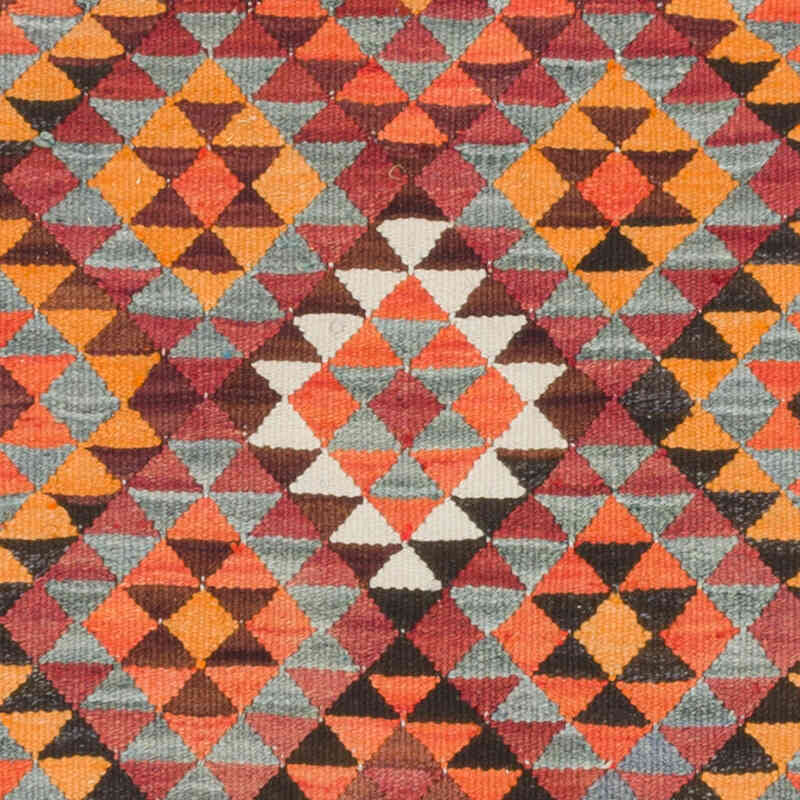
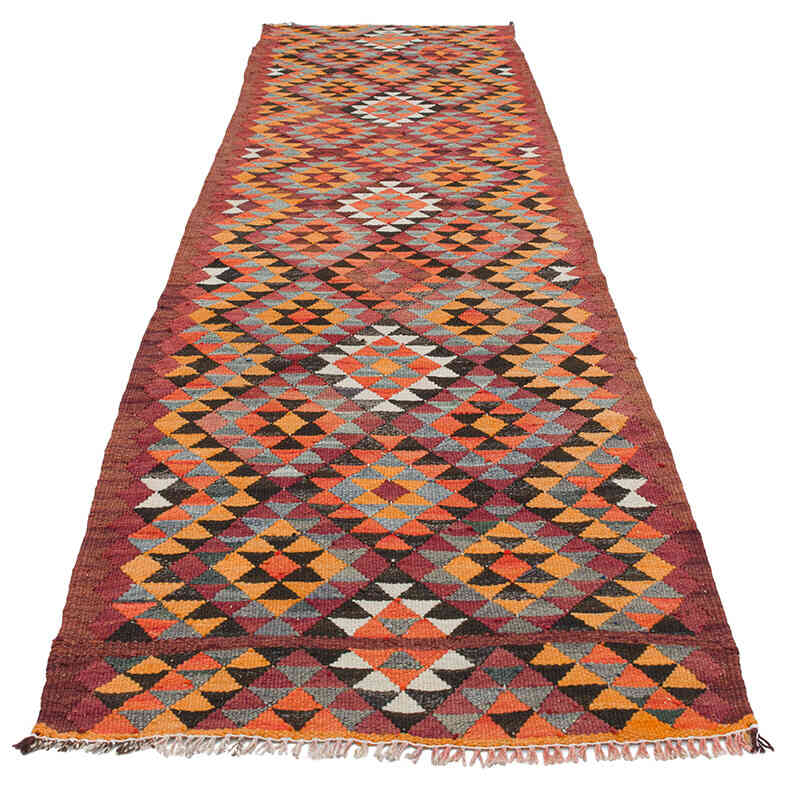
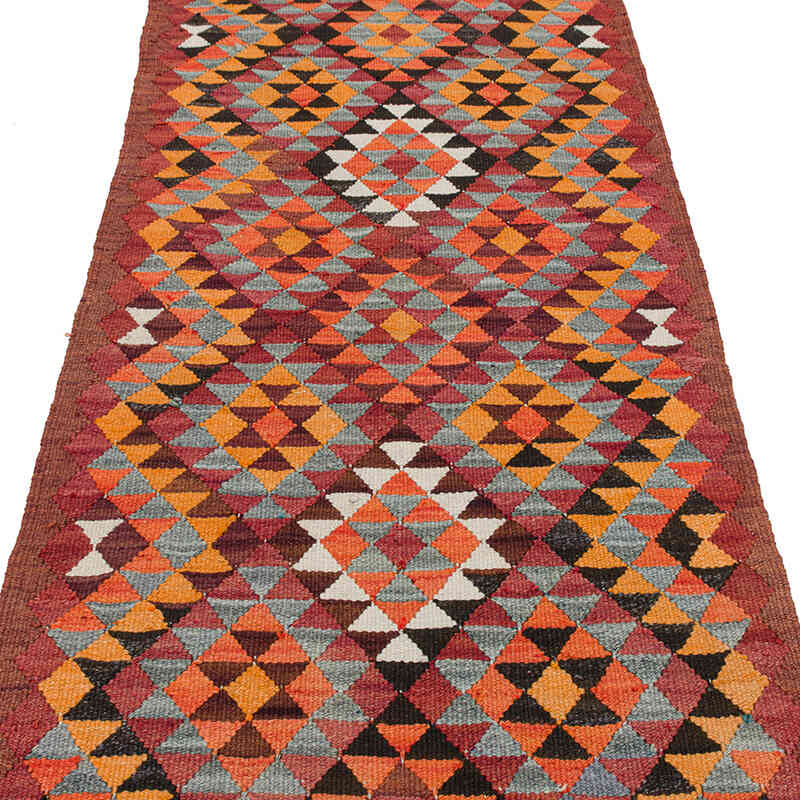
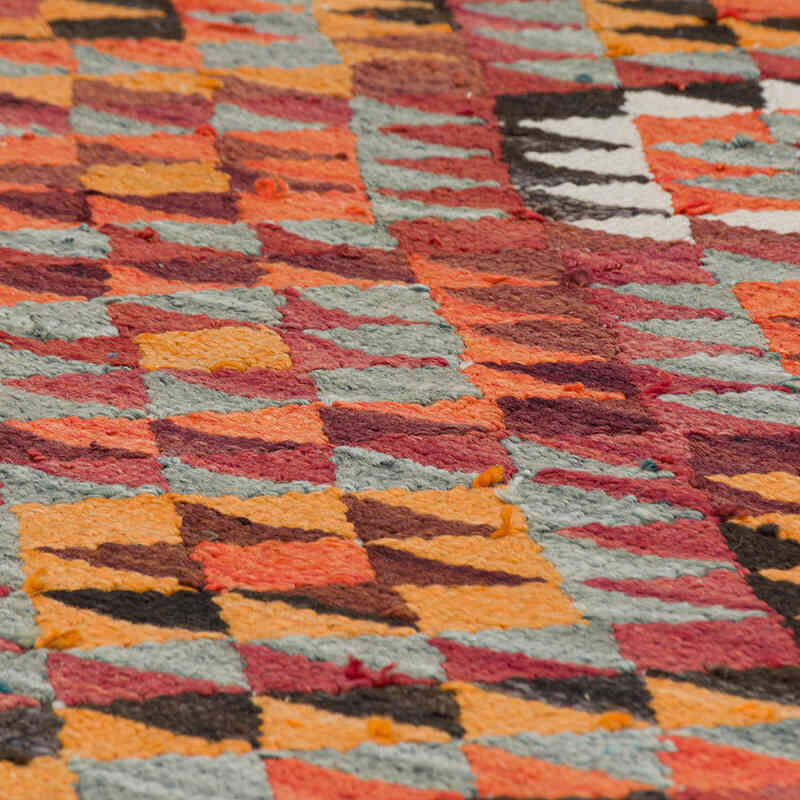
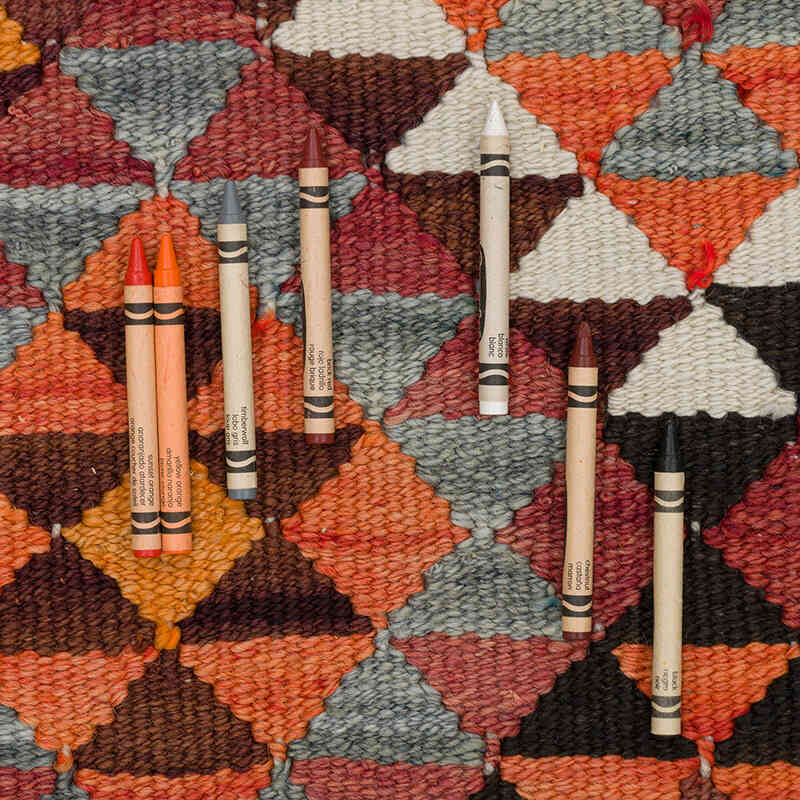
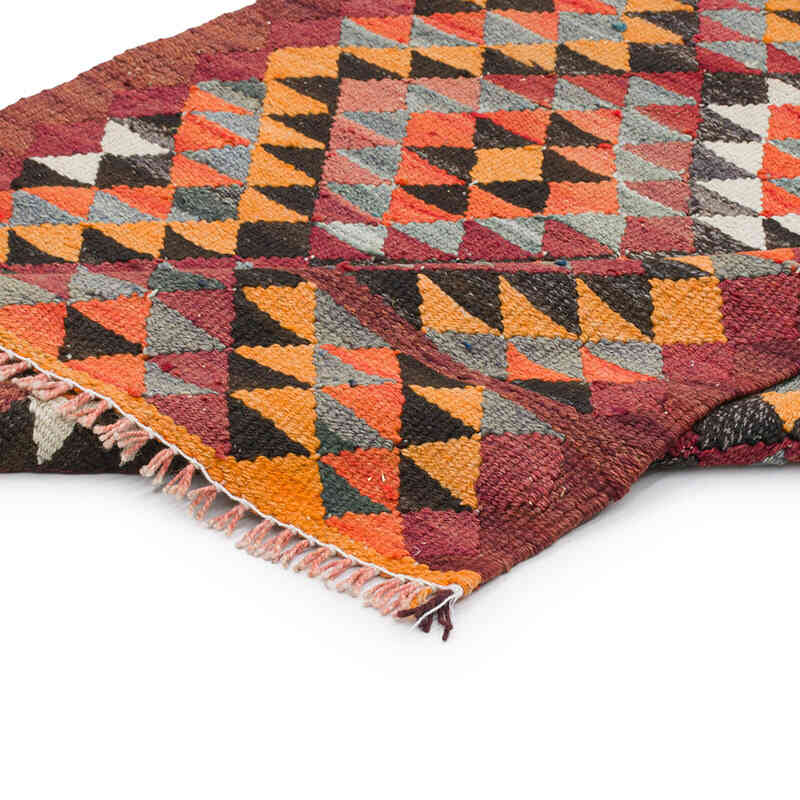
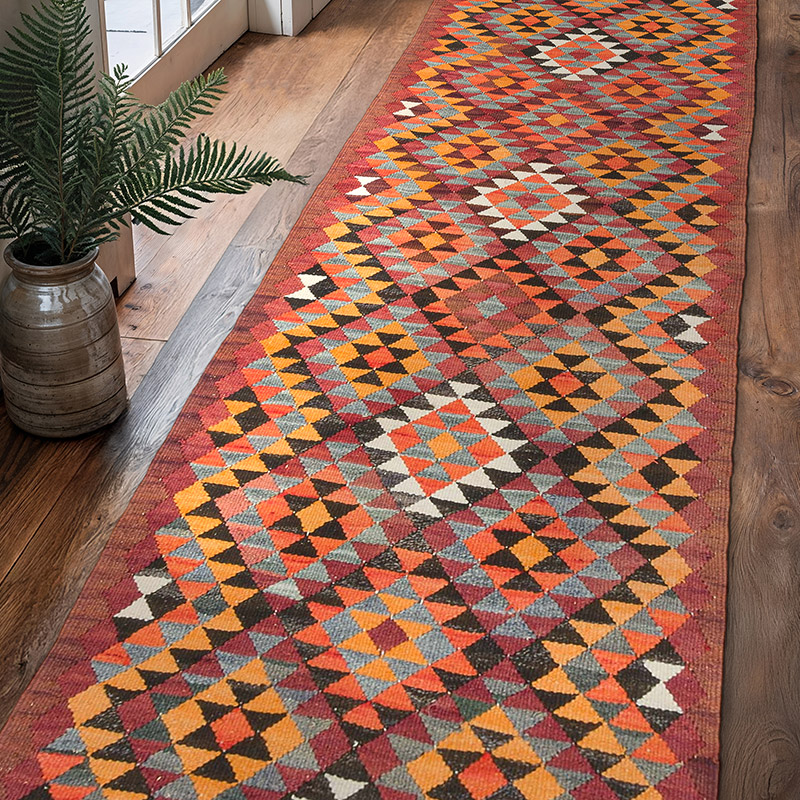











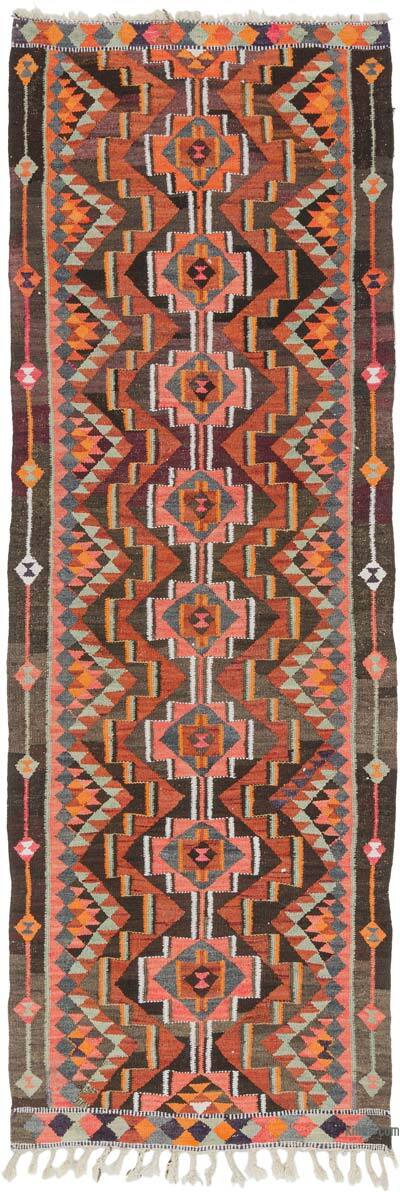




This carpet is so beautiful